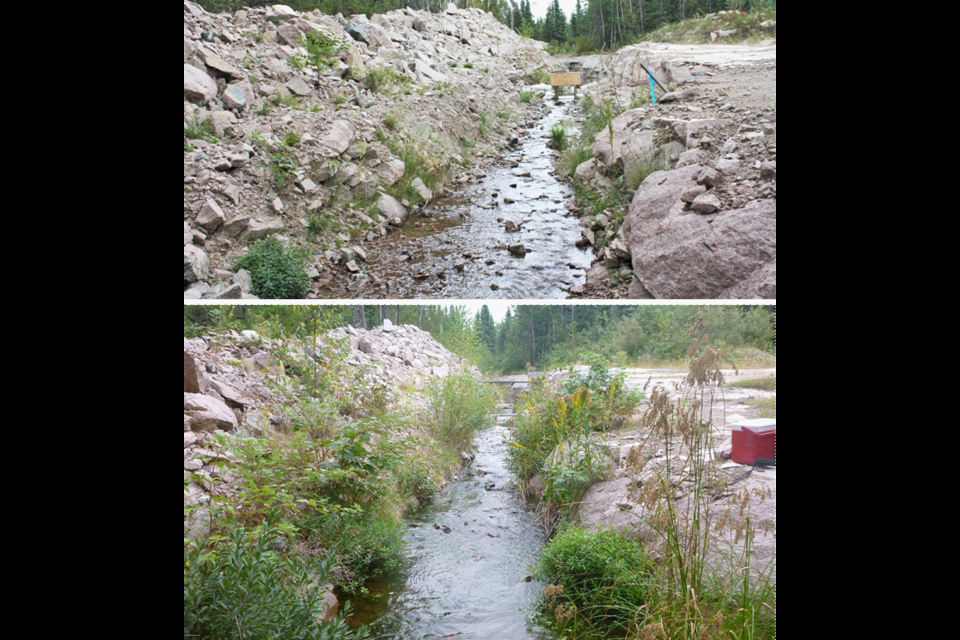KENORA, Ont. — Scientists at the Experimental Lakes Area east of Kenora have assessed the results of an experiment that revealed more about the ecological impacts of diverting water in a boreal forest setting.
They say the study has provided new information on how human-made channels might be used to offset the loss of fish habitat when industrial projects change the ecosystem.
In 2010, researchers built a 200-metre channel, redirecting water from an ELA lake which previously flowed into another lake, to a wetland area. The original purpose was to study how industry-related diversion, or decreased precipitation due to climate change, affects a lake ecosystem.
Contractors were hired to clear trees, scrape the dirt, and use dynamite to blast through bedrock.
The project also gave scientists a chance to study what happened in and around the new stream created by the diversion.
The ELA is run by the International Institute for Sustainable Development.
IISD disclosed findings from the experiment last month in an online article written by Hannah Anderson.
Scientists compared the ecology of the diversion channel to a natural stream in the vicinity, looking at water movements, flora along the banks, and macroinvertebrates, which are organisms that lack a spine but are large enough to be seen with the naked eye.
The article explains that macroinvertebrates are a key food source in aquatic ecosystems, and are considered a key indicator of stream quality.
It turned out that the number of these animals and the number of species inhabiting the channel increased over a relatively short period.
"In fact, after only three years, the diversion's macroinvertebrate community became more like that of a natural stream," Anderson writes.
The study team also determined that the experiment showed that in southern regions of the boreal forest, new lake-outlet channels can come to resemble natural, productive streams in just years rather than decades.
Photos show how vegetation developed along the new watercourse between 2012 and 2020.
There were no plants at the beginning, but by 2015 riparian vegetation (plants that grow in the interface between land and a stream) had increased from 0 per cent to almost 40 per cent in some areas.
The diversion was constructed with a stream bed that was mostly uniform.
In comparing it with natural streams, the scientists reaffirmed the belief that habitat complexity should be considered in the design of diversion channels.
Using both pools of calm water and sections of faster-flowing water in the same channel can result in a more diverse population of macroinvertebrates, which are sensitive to poor habitat.
